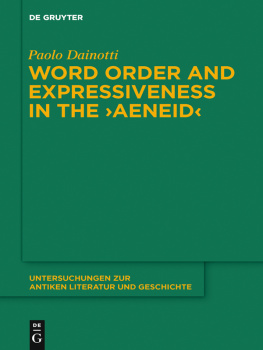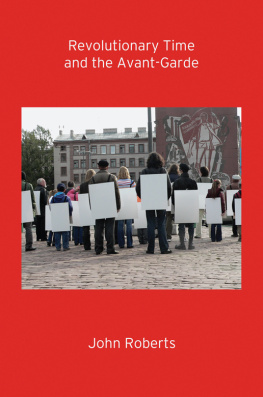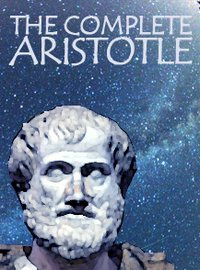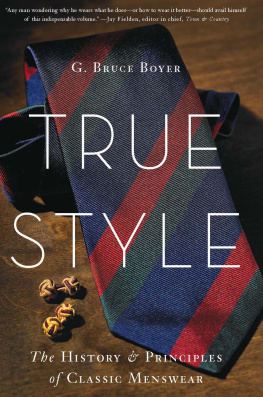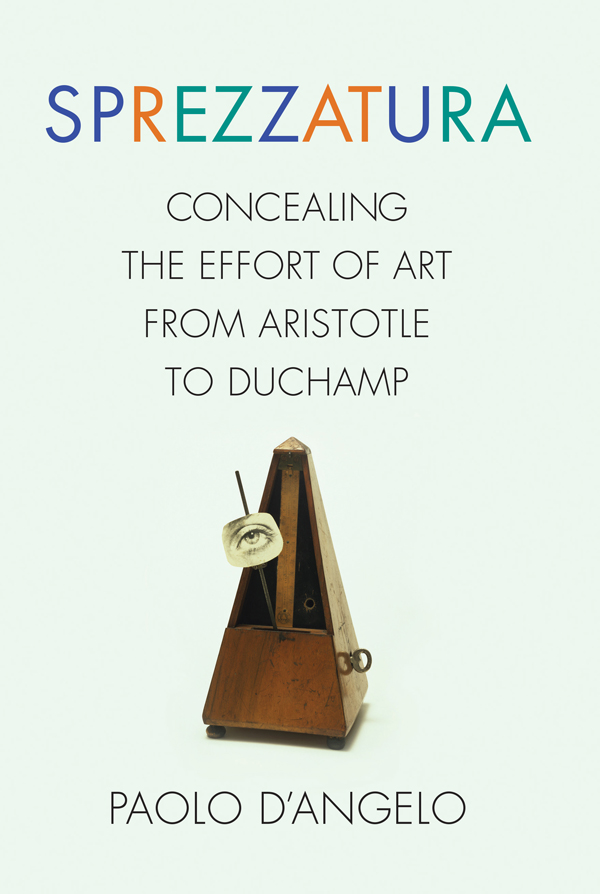Contents
Guide
Pagebreaks of the print version
SPREZZATURA
COLUMBIA THEMES IN PHILOSOPHY, SOCIAL CRITICISM, AND THE ARTS
COLUMBIA THEMES IN PHILOSOPHY, SOCIAL CRITICISM, AND THE ARTS
LYDIA GOEHR AND GREGG M. HOROWITZ, EDITORS
ADVISORY BOARD
Carolyn Abbate | Arthur C. Danto |
J. M. Bernstein | John Hyman |
Eve Blau | Michael Kelly |
T. J. Clark | Paul Kottman |
Columbia Themes in Philosophy, Social Criticism, and the Arts presents monographs, essay collections, and short books on philosophy and aesthetic theory. It aims to publish books that show the ability of the arts to stimulate critical reflection on modern and contemporary social, political, and cultural life. Art is not now, if it ever was, a realm of human activity independent of the complex realities of social organization and change, political authority and antagonism, cultural domination and resistance. The possibilities of critical thought embedded in the arts are most fruitfully expressed when addressed to readers across the various fields of social and humanistic inquiry. The idea of philosophy in the series title ought to be understood, therefore, to embrace forms of discussion that begin where mere academic expertise exhausts itself; where the rules of social, political, and cultural practice are both affirmed and challenged; and where new thinking takes place. The series does not privilege any particular art, nor does it ask for the arts to be mutually isolated. The series encourages writing from the many fields of thoughtful and critical inquiry.
For a complete list, see .
SPREZZATURA
CONCEALING THE EFFORT OF ART FROM ARISTOTLE TO DUCHAMP
PAOLO DANGELO
Translated by
SARIN MARCHETTI
Columbia University Press New York

Columbia University Press
Publishers Since 1893
New York Chichester, West Sussex
cup.columbia.edu
Copyright 2018 Paolo DAngelo
All rights reserved
E-ISBN 978-0-231-54034-6
Library of Congress Cataloging-in-Publication Data
Names: DAngelo, Paolo, 1956 author. | Translation of: DAngelo, Paolo, 1956 Ars est celare artem.
Title: Sprezzatura : concealing the effort of art from Aristotle to Duchamp / Paolo DAngelo ; translated by Sarin Marchetti.
Other titles: Ars est celare artem. English
Description: New York : Columbia University Press, 2018. | Series: Columbia themes in philosophy, social criticism, and the arts | Includes bibliographical references and index.
Identifiers: LCCN 2017031560 | ISBN 9780231175821 (hardcover : alk. paper)
Subjects: LCSH: Sprezzatura (Aesthetics) | ArtPhilosophy.
Classification: LCC BH301.S66 .D3613 2018 | DDC 111/.85dc23
LC record available at https://lccn.loc.gov/2017031560
A Columbia University Press E-book.
CUP would be pleased to hear about your reading experience with this e-book at .
Cover art: Man Ray, Indestructible Object ARS, NY
Digital Image The Museum of Modern Art/Licensed by SCALA / Art Resource, NY
To Gloria
CONTENTS
T he creative core of this book is an essay published in 1986 in Intersezioni , which I wrote over the course of two years. I suppose one could say that Ive been working on the book for twenty years, even though I wrote it in a few months during the spring and summer of 2004.
Although I dont believe that a long gestation is an indication of quality, it is important to note that research in the history of ideas often takes a great deal of time. One never knows, in advance , when an idea might go into hiding, or when it will be found again in an unpredictable context. The idea that art, to be called true art, must remain concealed as much as possiblethe idea whose history I shall recount in this bookwas born in the domain of classical rhetoric, and from there passed through literature on visual arts, behavior, and poetry. But the idea is present in many other fields as well. For example, in the seventeenth and eighteenth centuries we find it widely used in literature on gardens. I did not know this when I wrote that first essay, and only many years later, working on the aesthetic of nature, did I eventually find out the role that this idea played in debates on natural beauty. (To these conversations, I dedicated an essay in Quaderni di estetica e critica in 1998.) These are serendipitys adventures: one looks for something, and finds something else that is no less interesting than the original object of inquiry. This is the beauty of this kind of research.
When one spends a lot of time following the adventures of an idea there is another rewarding result, and that is when the idea ends up inextricably intertwined with friends and colleagues with whom we have discussed it, and who have helped and encouraged us throughout the journey.
For example, when I began writing the essay from which this book was born, I didnt have the faintest idea where it could be published. I did know, though, that in Italy there is a journal committed to the history of ideas, and that one of its editors was Paolo Rossi. I didnt know Paolo Rossi at all (and still today I have only met him briefly at a couple of conferences) as I was a new graduate who had published his thesis on Benedetto Croces aesthetics (which, as I think about it today, was not the most promising introduction to a philosopher of science who was a pupil of Antonio Banfi). Nonetheless, I wrote to Rossi and proposed my idea, and not only did he encourage me to carry on working, but also, punctually, sponsored the publication of my essay. These are things that cannot be forgotten, and that are even more appreciated when one experiences how difficult it can be, even in the world of academic studies, to receive attention from those with whom one is not directly acquainted.
Just after the essay was published, I sent a copy of it to Luciano Anceschi, who wrote me a letter that I still treasure, in which he considered me to be definitively committed to the method he called the new critical phenomenology , which he championed. I do not know whether his supposition had any ground (in fact I believe that it did not), but I gladly took that recognition as implicit praise of my work.
Alongside the masters, there are the friends. With Giovanni Lombardo I have discussed both that first essay and especially the first drafting of this book. To his kindness and friendship I owe so much. I can confidently say that thanks to him the part of this volume on classical sources is infinitely better than it would have been if I had to count on my own expertise. With Nuccio Ordine, starting with that original essay, I also began an exchange of suggestions and ideas that has been very useful to me, and that has gone far beyond the theme of artem celare . Valerio Magrelli led me to discover the importance of the theme of concealed art in the work of the little-known writer Joseph Joubert. For quite some time I had been discussing the connections between art concealment and the je ne sais quoi with Stefano Velotti, especially while working together on the volume Il non so che: Storia di unidea estetica , which was generously accepted for publication by Luigi Russo for his press, Aesthetica, in 1997. When I look at the title and content of Velottis last book, Storia filosofica dellignoranza , it appears that the theme of I dont know what is clearly still as important to him as it is to me. When my essay was published in 1986, Carlo Ferrucci pointed out that limiting the research to the eighteenth century was somewhat specious. Eventually I admitted that he was right, even if for different reasons than those he advocated at the time. Lastly, I discussed the history of ideas and Begriffsgeschichte many times with Michele Cometa, which led to our collaboration on these themes for his Dizionario degli studi culturali .


